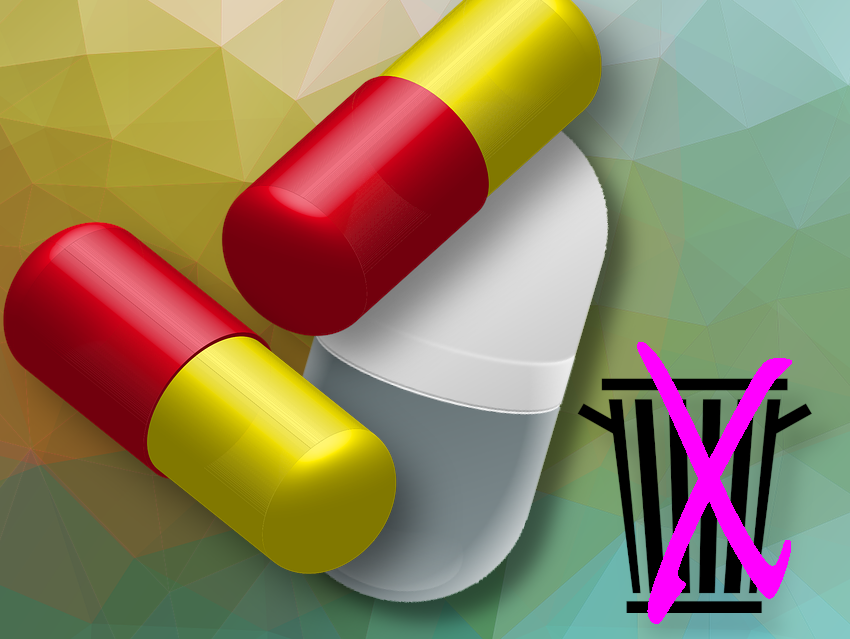In Germany, used pharmaceuticals from households, doctors’ offices, pharmacies, clinics, or wholesalers end up in residual or hazardous waste and, ultimately, in incineration. The ingredients, which are often valuable, are lost in the process.
In a research initiative funded by the Deutsche Bundesstiftung Umwelt (DBU), Markus R. Heinrich and colleagues at the Friedrich-Alexander University of Erlangen-Nuremberg, Nuremberg, Germany, are investigating the recovery of chemicals from used pharmaceuticals. Old pharmaceuticals cannot be reused as medicines for humans or animals. However, the recovered chemicals can be used for research or education at universities and schools.
The recovery of active ingredients from obsolete pharmaceuticals had received limited attention until this point. The team’s idea originated during a research project where they successfully extracted the active ingredient naltrexone from tablets bought for a different research endeavor. Naltrexone is an opioid receptor antagonist used in the treatment of alcohol and opioid addiction, valued at approximately EUR 1,000 per gram. The work resulted in reducing the cost of naltrexone to less than one-tenth of its original price per gram.
The group started by collecting old drugs from four pharmacies, and from 2018 on, they gradually expanded the collection area. Since 2021, they have been supported by partners from all over Germany. Today, the research initiative has access to around 500 different active ingredients. Of these, about 150 have so far been considered for recovery. Over time, the group has optimized processes and found ways to separate many excipients, including stearic acid, macrogol (polyethylene glycol), sugar, and gelatin. The increasing quantities of available active ingredients and improved recovery methods allow the team to make the chemicals obtained available to other universities for research purposes or practical courses.
With this project, the scientists want to promote research and teaching in a sustainable way. Optimized recovery methods could also make use of faulty batches and adjustment residues from industrial production. Pilot projects show that even one- or two-stage recovery processes can achieve purity levels like those commonly found on the world market when supplied by original equipment manufacturers.
- Recycling: Labor statt Müllcontainer,
Markus R. Heinrich,
Nachr. Chem. 2023.
https://doi.org/10.1002/nadc.20234138226 - Arzneimittelinitiative
Website of the initiative (in German)




